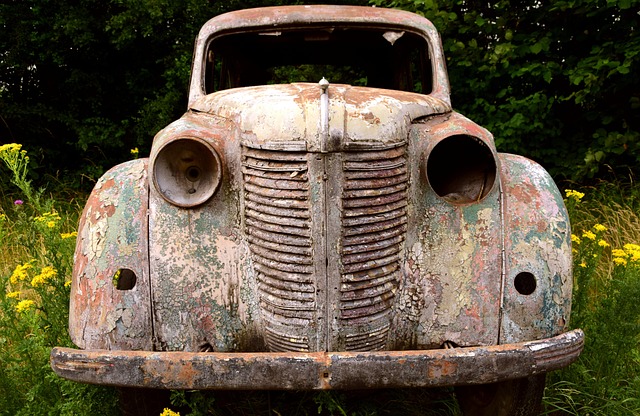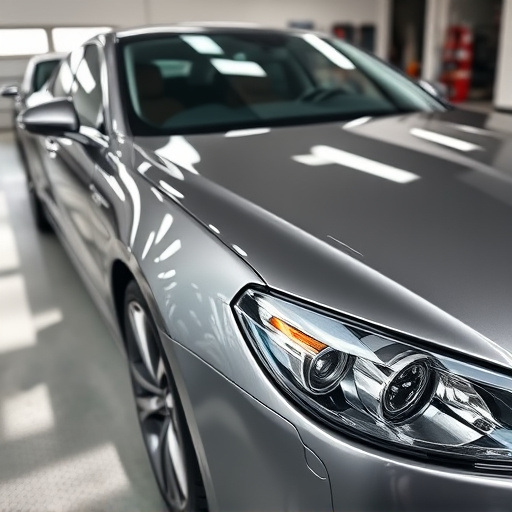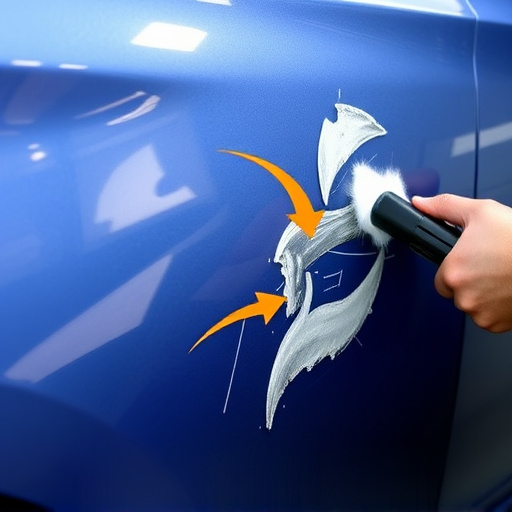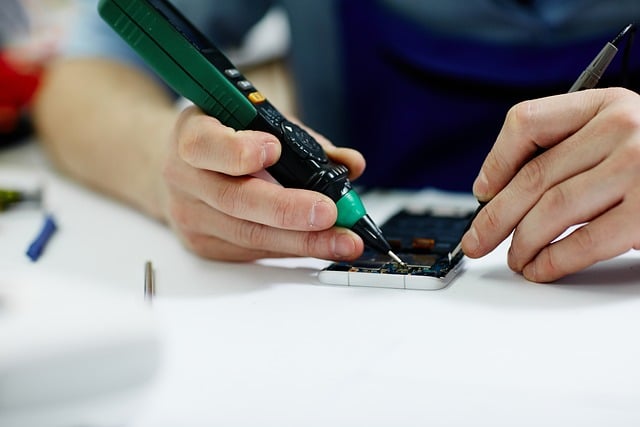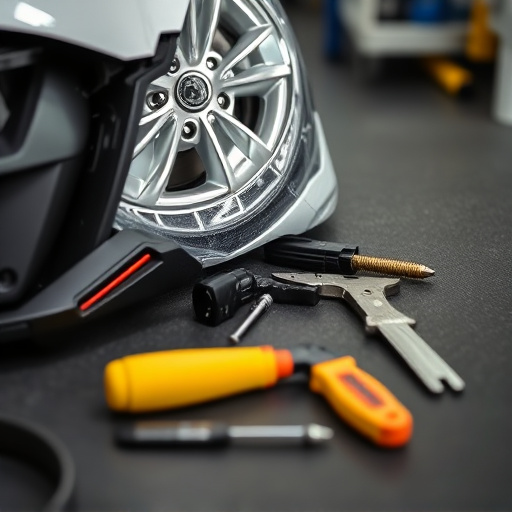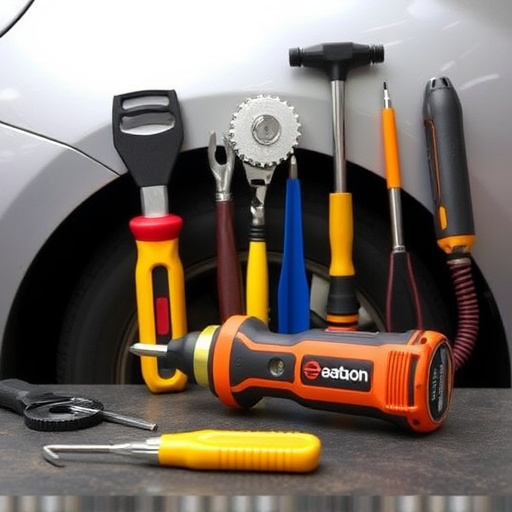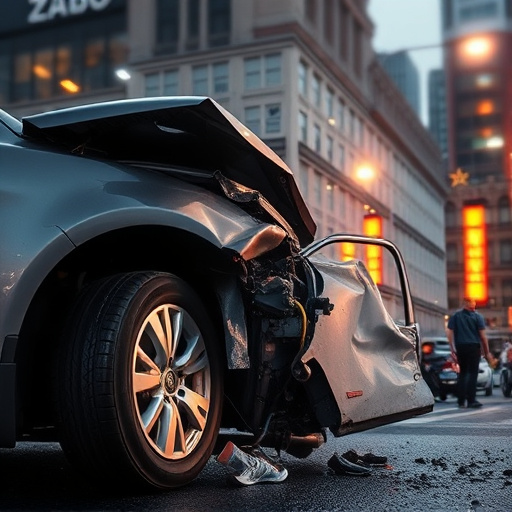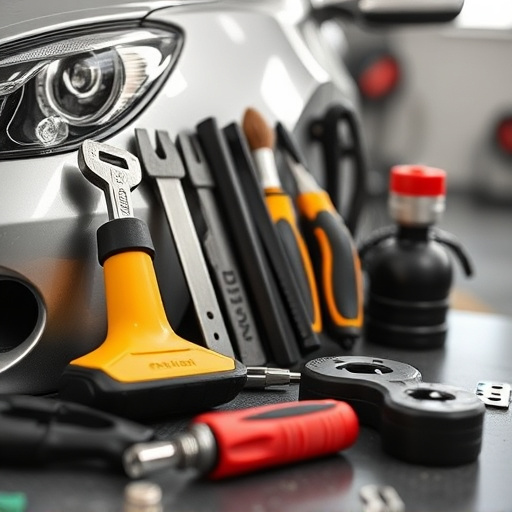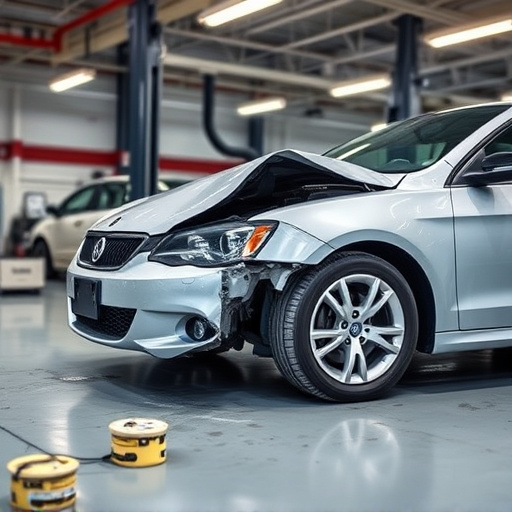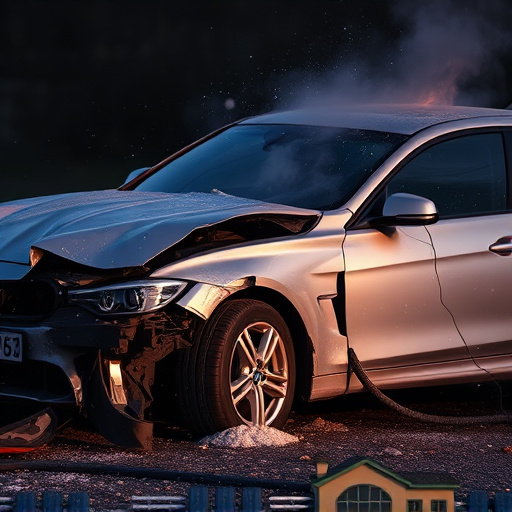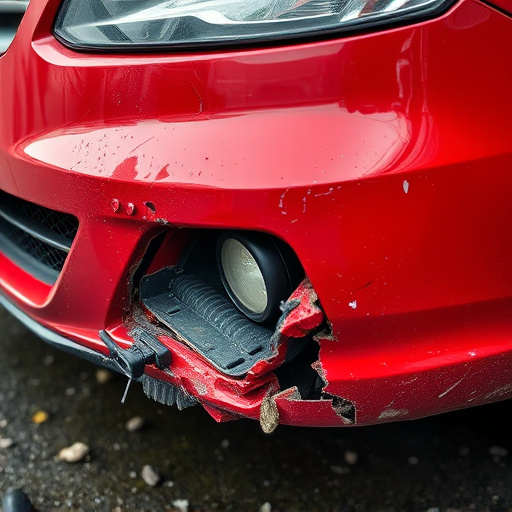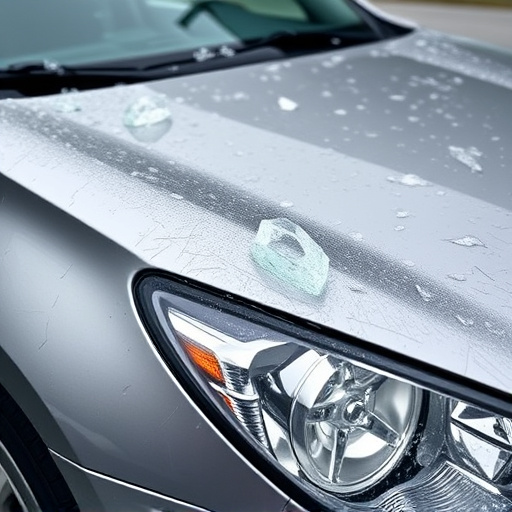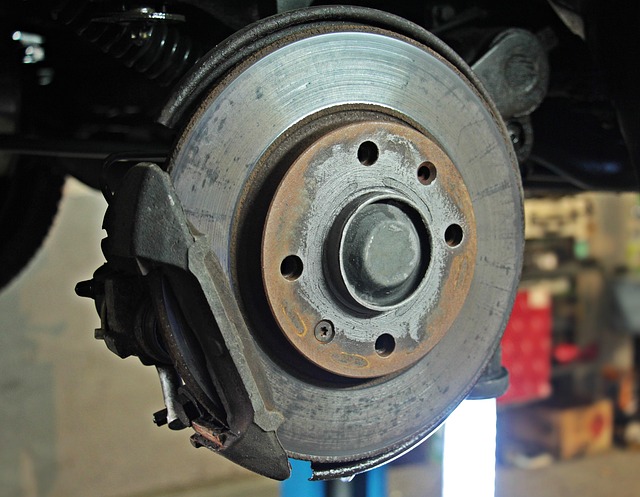Post-collision detailing of electric and hybrid vehicles requires specialized expertise due to their complex systems and advanced materials. Standard auto repair practices may not suffice, emphasizing the need for trained professionals with advanced technology in painting and scratch repair. The process involves meticulous inspection, safe removal of debris, repair/replacement of damaged parts, paint correction, and application of protective coatings, ensuring both structural integrity and superior aesthetic appeal while preserving original finishes. Utilizing eco-friendly materials and precision tools is crucial for sustainable and effective detailing after collisions.
In the realm of automotive repairs, detailing post-collision plays a pivotal role in restoring electric and hybrid vehicles to their former glory. These vehicles pose unique challenges due to their intricate electrical systems and specialized components. This article guides you through the intricacies of detailing after a collision for electric and hybrid vehicles, covering understanding specific challenges, a comprehensive step-by-step process, and essential tips for achieving both cosmetic and functional integrity. Discover best practices tailored to this evolving sector.
- Understanding the Unique Challenges of Detailing Electric and Hybrid Vehicles Post-Collision
- The Step-by-Step Process for Effective Detailing After a Collision
- Restoring the Cosmetic and Functional Integrity of These Vehicles: Tips and Best Practices
Understanding the Unique Challenges of Detailing Electric and Hybrid Vehicles Post-Collision

Electric and hybrid vehicles present unique challenges when it comes to detailing after a collision. Unlike traditional internal combustion engines, their intricate electrical systems and specialized components require meticulous handling during repair processes. These vehicles often feature sensitive battery packs, advanced electronics, and lightweight materials that demand specialized knowledge and equipment for effective yet safe disassembly and reassembly. Furthermore, the need to preserve the original finish and aesthetics becomes even more critical due to the sleek designs and cutting-edge materials commonly used in electric and hybrid car construction.
Consequently, when it comes to detailing after a collision, standard auto repair practices may not be sufficient for these specialized vehicles. Car owners seeking top-notch car repair services for their electric or hybrid vehicles should look for experts equipped with the latest training and technology in auto painting and car scratch repair to ensure both safety and optimal cosmetic results.
The Step-by-Step Process for Effective Detailing After a Collision

After a collision, meticulous detailing is crucial for restoring both the aesthetic appeal and structural integrity of electric and hybrid vehicles. The process begins with a thorough inspection to identify all affected areas, including exterior panels, fenders, and any internal components that might have shifted during the impact. Once these are mapped out, the mercedes benz repair team can proceed with the following steps.
First, they safely remove any debris and clean the vehicle’s surface to prepare it for more detailed work. Next, skilled technicians meticulously repair or replace dented panels and fenders, ensuring a precise fit. This is followed by a meticulous paint correction process to achieve a seamless finish, often utilizing specialized equipment and compounds. Finally, a protective coating is applied to safeguard against future damage, enhancing the vehicle’s overall appearance and value in the process. For comprehensive vehicle body repair that retains the precision and quality of original manufacture, this step-by-step approach guarantees a superior detailing after collision for electric and hybrid vehicles.
Restoring the Cosmetic and Functional Integrity of These Vehicles: Tips and Best Practices

Restoring the Cosmetic and Functional Integrity of Electric and Hybrid Vehicles after a collision is a delicate process that requires meticulous attention to detail. These vehicles, with their advanced technology and unique construction, demand specialized care to ensure both aesthetics and performance are brought back to their optimal states. The detailing after collision process involves more than just fixing external damage; it’s about revitalizing the vehicle’s overall appearance and addressing potential internal issues that could affect its future operation.
When tackling car scratch repair or fender repair on these models, professionals must be extra vigilant. Electric and hybrid vehicles often have sensitive components housed within their exterior panels, requiring careful disassembly and reassembly. Best practices include using advanced detailing techniques such as compound and polish to eliminate scratches, and employing precision tools for fender repair. Additionally, ensuring proper alignment during the body work process is crucial to prevent future functional issues. Automotive repair experts should also consider the environmental impact of their methods, utilizing eco-friendly materials and techniques whenever possible.
In conclusion, detailing electric and hybrid vehicles post-collision requires a nuanced approach due to their unique construction and components. By understanding these challenges and adhering to a meticulous step-by-step process, repair technicians can restore not only the cosmetic integrity but also the functional performance of these advanced vehicles. Following best practices ensures that every detail is addressed, resulting in superior repairs that meet the high standards expected by owners of electric and hybrid automobiles.
